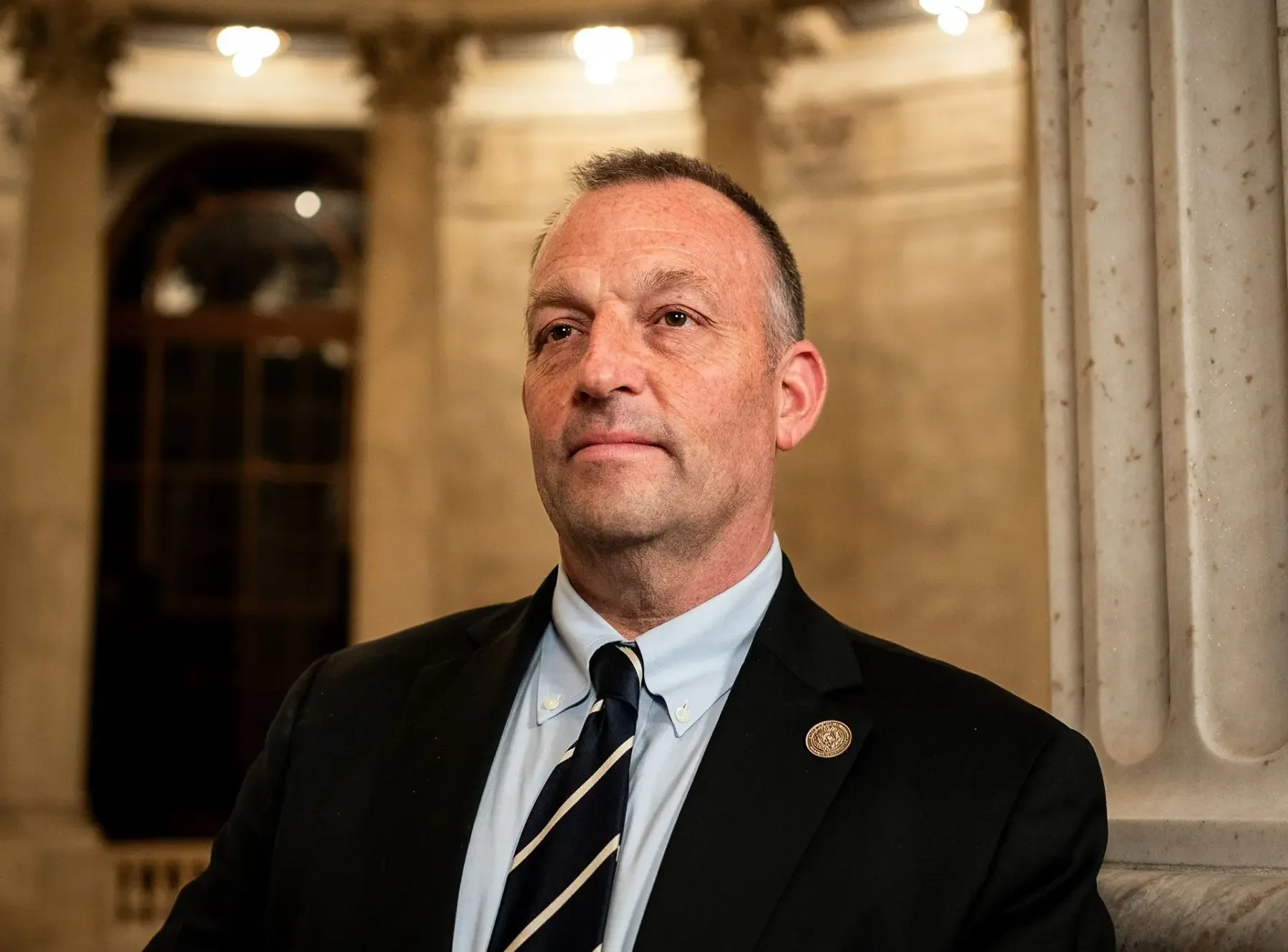The Case for a Climate Impact Fee
By Governor Josh Green
Dr. Josh Green is the governor of Hawaii, named as one of the Time100 Climate for 2025
On a sweltering summer morning in 2023, eight months after I was sworn in as governor of Hawaii, disaster struck Maui. In the early hours of August 8, a downed utility pole sparked a fire that quickly spread into the town of Lahaina. Hurricane-force winds fanned the flames, igniting grasses and brush left bone‑dry by years of drought. By afternoon, fires tore through homes and businesses—trapping residents, overwhelming emergency crews and burning so hot that they melted metal and warped granite.
That day Lahaina, the cultural heart of West Maui, became ground zero of America’s deadliest wildfire in more than a century. The fires claimed 102 lives, displaced over 13,000 others and burned more than 3,000 homes, destroying centuries of cultural history and devastating the economy of an entire region, with losses estimated at nearly $13 billion.
Years of declining rainfall had left Maui dangerously dry, an example of how climate change supercharges conditions that make wildfires more common and more catastrophic. As global temperatures continue to increase, droughts all over the world are becoming more frequent, severe, and prolonged. America’s western states continue to grapple with the worst mega-drought in the past 1,200 years and the number of wildfires in the U.S. has tripled since the 1980’s, with the fires growing in size, speed, and destructive power.
Click here to read the full story from the Oct. 30 article on Time

